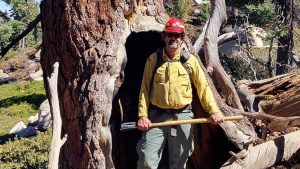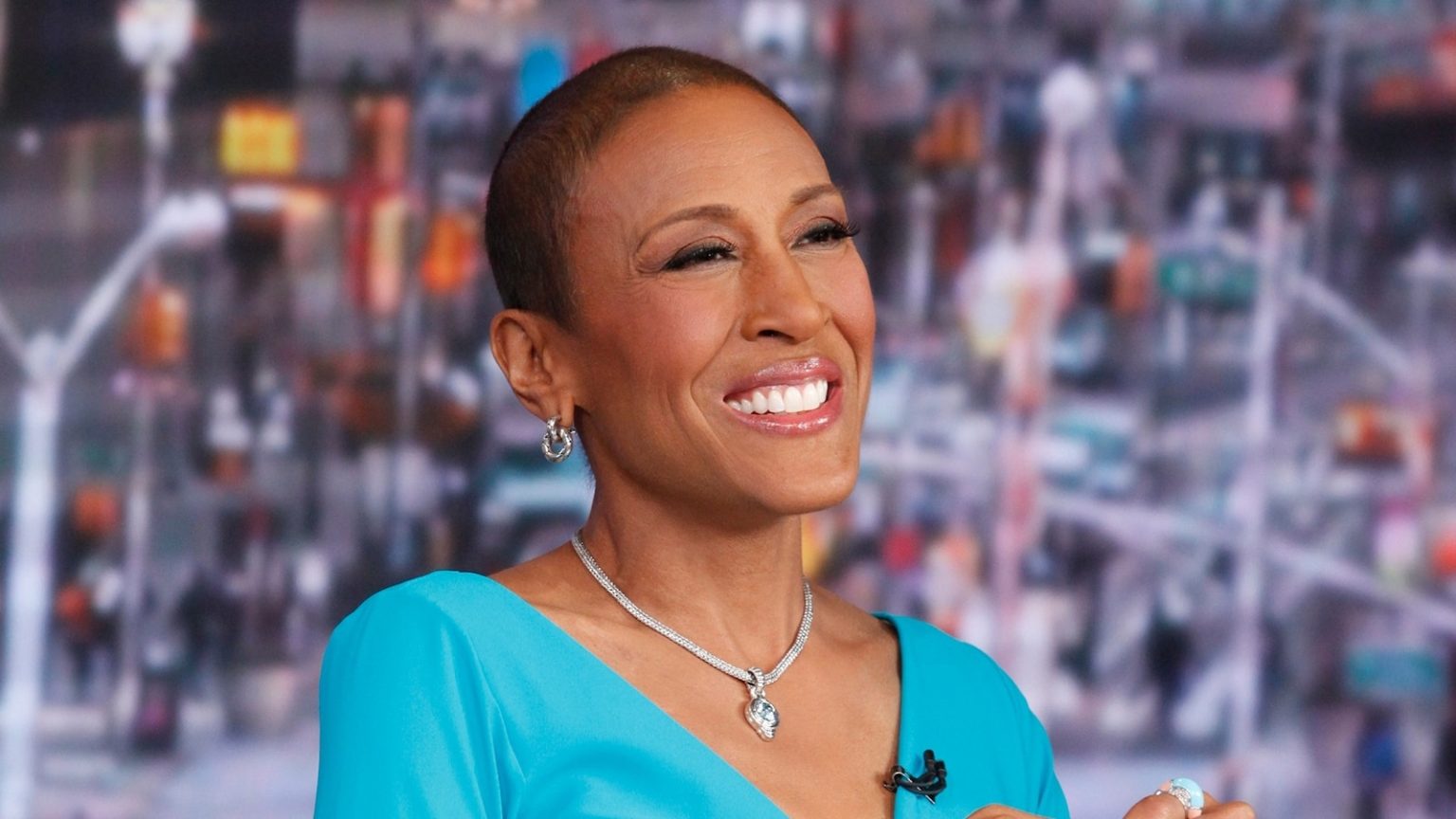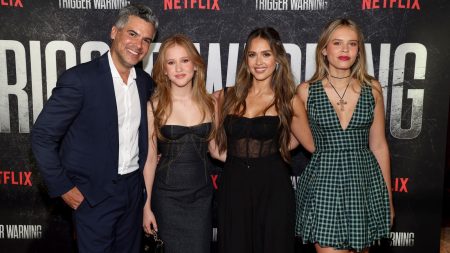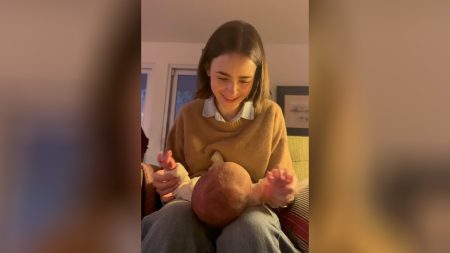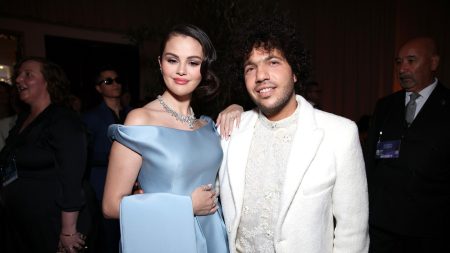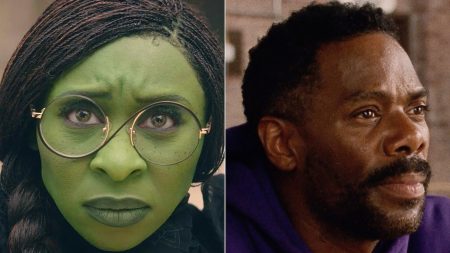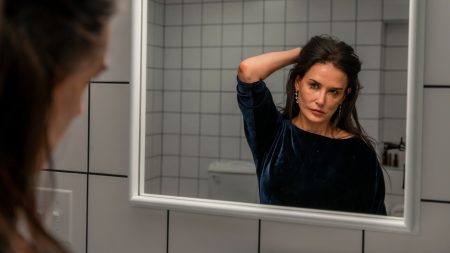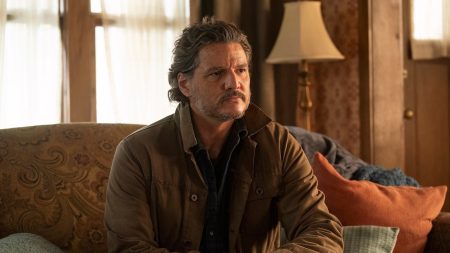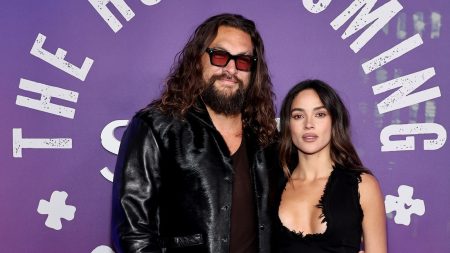Robin Roberts Marks 12 Years Since Her Lifesaving Stem Cell Transplant
Twelve years ago,Robin Roberts, the beloved co-anchor of Good Morning America, made a triumphant return to her anchor desk after undergoing a lifesaving stem cell transplant. This milestone marked her recovery from myelodysplastic syndrome (MDS), a rare and challenging blood disorder that affects the bone marrow. For Roberts, this journey was not just about medical treatment; it was a testament to the power of faith, family, and the generosity of a stem cell donor. Her eldest sister, Sally-Ann Roberts, selflessly donated stem cells, giving Robin a second chance at life. Reflecting on her recovery, Robin often speaks about the immense support she received from her loved ones, which played a pivotal role in her strength and resilience during her treatments and recovery.
The road to recovery was far from easy. Roberts had taken a medical leave of absence from Good Morning America in 2012, stepping away from the show to focus on her health. Her return on February 20, 2013, was a moment of celebration not just for her but for her entire team and audience. "It was the easiest thing in the world to be a donor," her sister Sally-Ann remarked when she donated her stem cells, echoing the sentiment shared by many who have contributed to saving lives through bone marrow donations. Yet, the impact of such an act cannot be overstated. For Robin, her sister’s donation was nothing short of a miracle—a reminder of the transformative power of kindness and medical advancement.
The Importance of Bone Marrow Donation: A Lifeline for Thousands
Robin Roberts’ story is a powerful reminder of the critical need for bone marrow donors. According to the National Marrow Donor Program (NMDP), also known as Be The Match, approximately 18,000 people in the U.S. are diagnosed each year with diseases that can be best treated with a stem cell transplant. Of these, about 12,000 will rely on finding an unrelated donor through a registry like the NMDP to have the best chance at a cure. These conditions often include blood cancers, such as leukemia, lymphoma, and myeloma, as well as other disorders like sickle cell disease and aplastic anemia.
The process of becoming a donor begins with a simple cheek swab. This swab provides DNA that is used to match potential donors with patients in need of a transplant. When a match is found, donors can contribute stem cells, which are collected either through a non-intrusive blood draw or a bone marrow extraction. While the idea of donating bone marrow might seem intimidating, the vast majority of donors report that the process is manageable and far outweighed by the knowledge that they are helping to save a life. For many patients, a bone marrow transplant is their only hope for survival, making the role of donors nothing short of heroic.
The impact of bone marrow donations extends far beyond the individual recipient. For families facing these diagnoses, a successful donor match can mean the difference between life and death, offering hope and healing during some of the darkest times. "I’m praying and hoping that Joshua will find his match," said Vera Johnson, the mother of Joshua Biyoyouwei, a young boy with sickle cell disease who is still searching for a donor. "Just do it on behalf of Joshua or any children like him who needs a bone marrow transplant," she pleaded, urging others to take the simple step of getting their cheeks swabbed.
A Call to Action: How You Can Make a Difference
For those inspired by Robin Roberts’ story, there has never been a better time to take action. Becoming a bone marrow donor is easier than ever, and the potential impact is immense. The NMDP registry is a lifeline for thousands of patients each year, but it relies on the generosity of individuals willing to join. Donors between the ages of 18 and 40 are particularly needed, as they are more likely to be selected as the best match for patients. However, anyone who meets the health and eligibility guidelines can register, and the entire process—from swabbing to donation—takes only a few weeks.
Organizations like Be The Match have made it easier than ever to join the registry. With online sign-ups and mail-in swab kits, individuals can take the first step toward becoming a donor from the comfort of their own homes. Once registered, donors are entered into the database, where they remain until they turn 61, unless they request to be removed. While the chances of being matched with a patient are relatively low (about 1 in 300 for most people), the potential reward is immeasurable. For the patients who find a match, their donor is often seen as a hero, a stranger who has given them a second chance at life.
Over the years, countless individuals have answered the call to become bone marrow donors, including students, community members, and even Roberts’ own nephew, Jeremiah Craft. Initially hesitant to donate, Craft changed his mind and became a donor in 2024, a decision he called "the right thing to do." For patients like Joshua Biyoyouwei, who is still waiting for a match, the act of swabbing and joining the registry is a lifeline. As Vera Johnson so eloquently put it, "Just do it on behalf of Joshua or any children like him who needs a bone marrow transplant."
Overcoming Hesitations: Separating Fact from Fiction
For many people, the idea of bone marrow donation might seem daunting, and it’s natural to have questions or concerns. One common misconception is that donating bone marrow is a painful or invasive process. While some discomfort may be associated with the donation procedure, most donors report that it is manageable and temporary. Additionally, donors are closely monitored by medical professionals throughout the process, and any side effects are typically mild and short-lived.
Another concern is the time commitment involved. While the donation process does require a few days of preparation and recovery, the vast majority of donors are able to quickly return to their normal routines. Employers and schools are generally understanding of the importance of this process, and many donors find the experience to be deeply rewarding. As Jeremiah Craft noted, "What I’m doing here versus what this person is going through, it’s just incomparable." The act of donation is a small sacrifice compared to the immense hope and healing it offers.
For those who are unsure about joining the registry, Robin Roberts offers a simple yet powerful message: "Faith, family, and friends have carried me through some of the darkest days of my life. But so have strangers—strangers who became heroes by donating their stem cells to save someone they may never meet." By joining the registry, individuals have the opportunity to be that hero for someone in need. With more people on the registry, the odds of finding a match improve, and more lives can be saved.
Robin Roberts: A Champion for Donor Awareness
Robin Roberts has become an outspoken advocate for bone marrow donation, using her platform to raise awareness and inspire others to take action. "I’m trying to do the right thing for the second time," Jeremiah Craft said when he decided to become a donor—words that resonate with anyone who has ever felt the call to make a difference. Roberts herself has praised her nephew as a "superhero" for his decision, a sentiment that extends to all who have contributed to this life-saving cause.
Roberts’ journey has also inspired her alma mater, Southeastern Louisiana University, and her colleagues at ABC News to get involved. Over the years, students, faculty, and staff have joined the registry, often motivated by her story and the realization that they, too, could be someone’s second chance at life. These efforts have helped to diversify the registry, which is crucial for patients of all backgrounds. Unfortunately, many patients from underrepresented communities face additional challenges in finding a match due to the lack of diversity in the donor pool. By encouraging more people to join, these efforts can help ensure that all patients have an equal opportunity to find a life-saving donor.
Taking the First Step: How You Can Become a Bone Marrow Donor Today
For those who are moved by Robin Roberts’ story and want to take action, the process of becoming a bone marrow donor is simpler than ever. The first step is to visit www.nmdp.org/GMA50, where you can learn more about the registry and sign up to join. Once you’ve registered, you’ll receive a swab kit in the mail, and you can complete the process in just a few minutes. From there, you’ll be added to the database and could potentially become a match for someone in need.
The decision to become a bone marrow donor is one that can have a profound impact on someone’s life. For patients like Joshua Biyoyouwei, who are still searching for a donor, it’s a reminder that hope is alive—and that the generosity of strangers can make all the difference. As Robin Roberts so eloquently put it, "Faith, family, and friends have carried me through some of the darkest days of my life. But so have strangers—strangers who became heroes by donating their stem cells to save someone they may never meet." By joining the registry, you, too, have the power to become a hero for someone in need. Take the first step today and visit www.nmdp.org/GMA50. You never know the life you might save.

